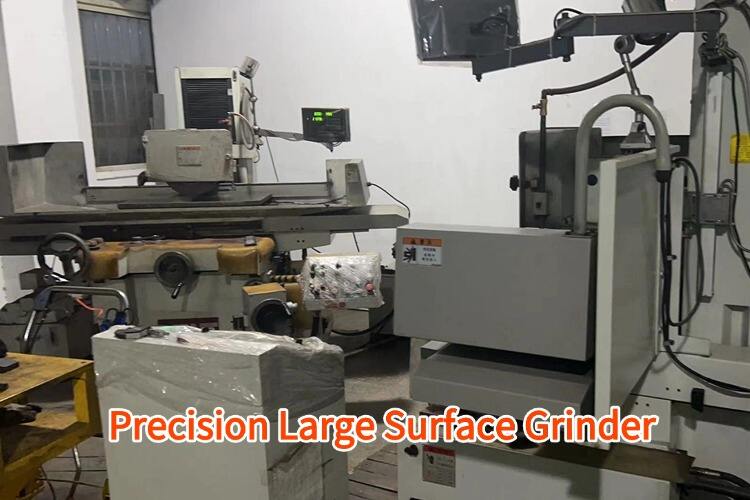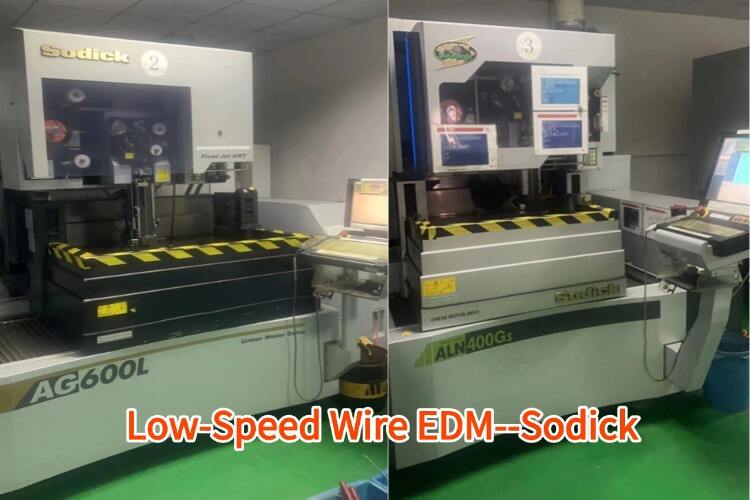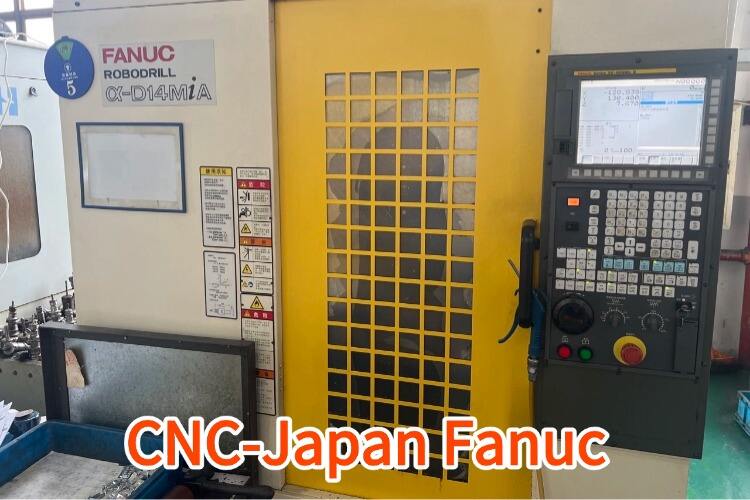what is 5 axis cnc machining
5-axis CNC machining represents a cutting-edge manufacturing technology that enables simultaneous movement across five different axes during the machining process. Unlike traditional 3-axis machines, which operate along the X, Y, and Z linear axes, 5-axis machines incorporate two additional rotary axes, typically designated as A and B or B and C. This advanced capability allows the cutting tool to approach the workpiece from virtually any angle, making it possible to machine complex geometries and intricate features in a single setup. The technology utilizes sophisticated computer numerical control systems to coordinate these movements precisely, enabling the creation of complex parts with exceptional accuracy and surface finish. Modern 5-axis CNC machines are equipped with advanced features such as real-time tool path optimization, collision detection, and automated tool changing systems. These machines find extensive applications in aerospace, medical device manufacturing, automotive industries, and precision engineering, where they excel in producing components with complex contours, deep cavities, and undercut features. The technology has revolutionized manufacturing by reducing setup times, improving accuracy, and enabling the production of parts that would be impossible or impractical to machine using conventional methods.


